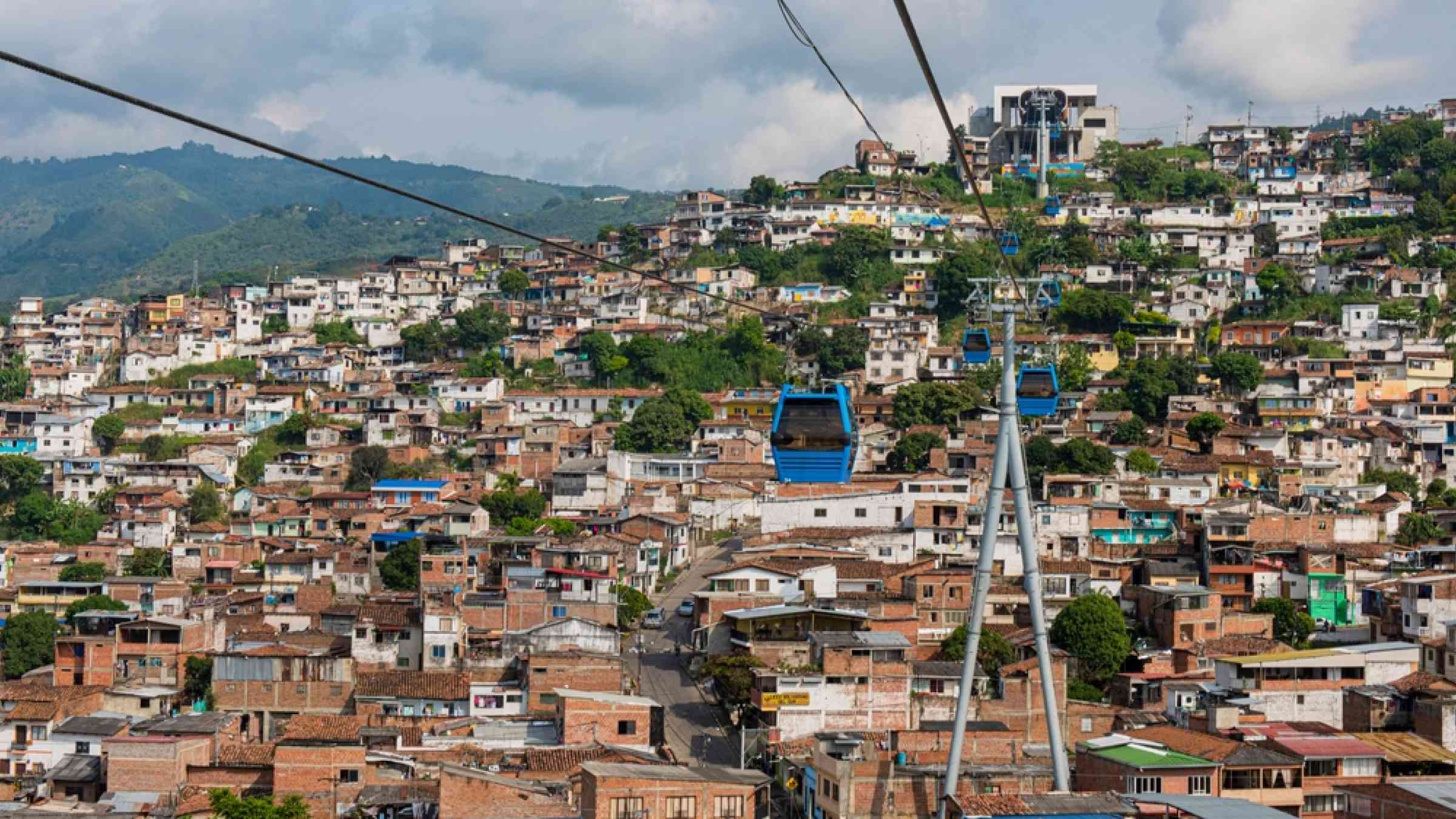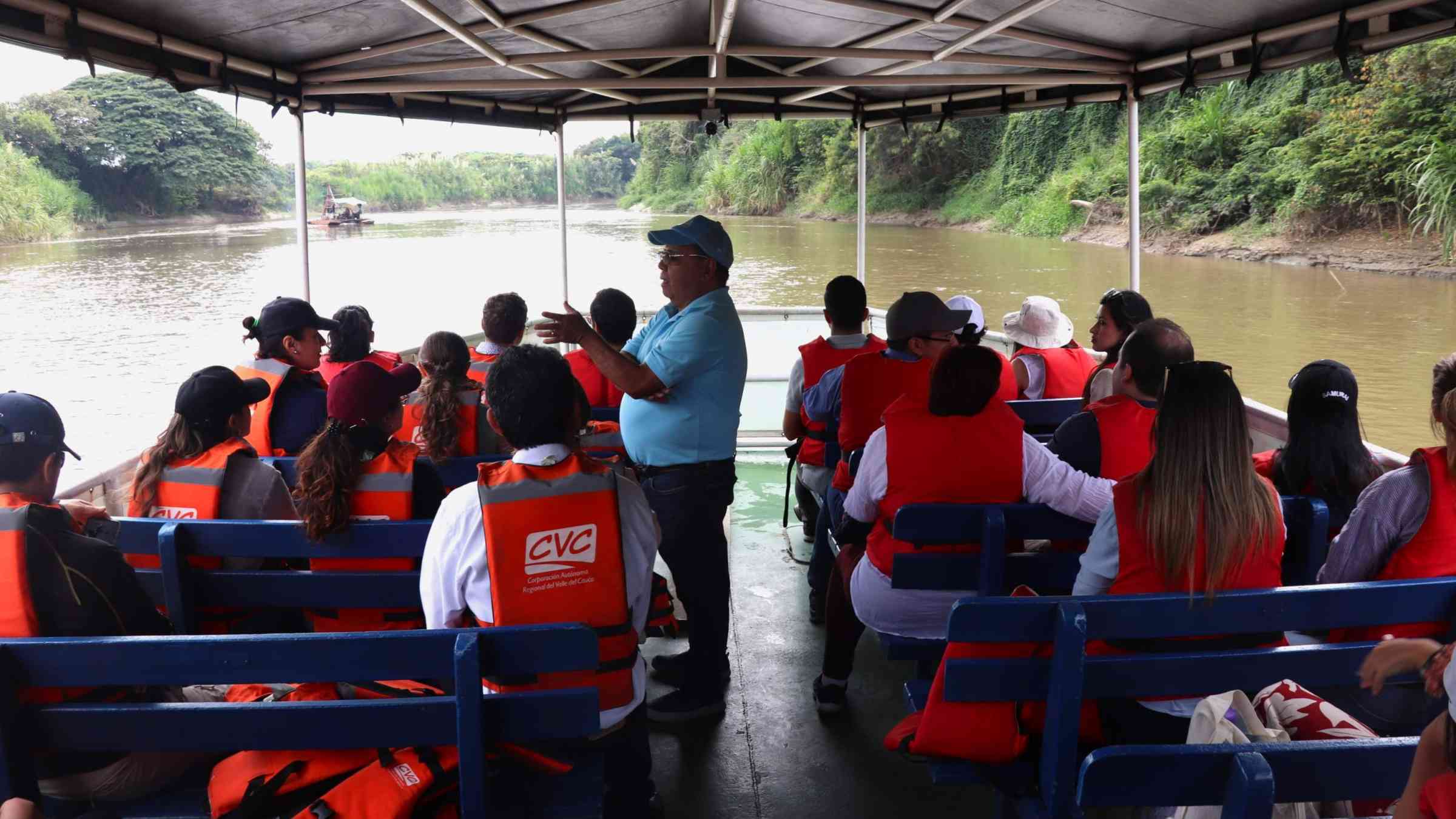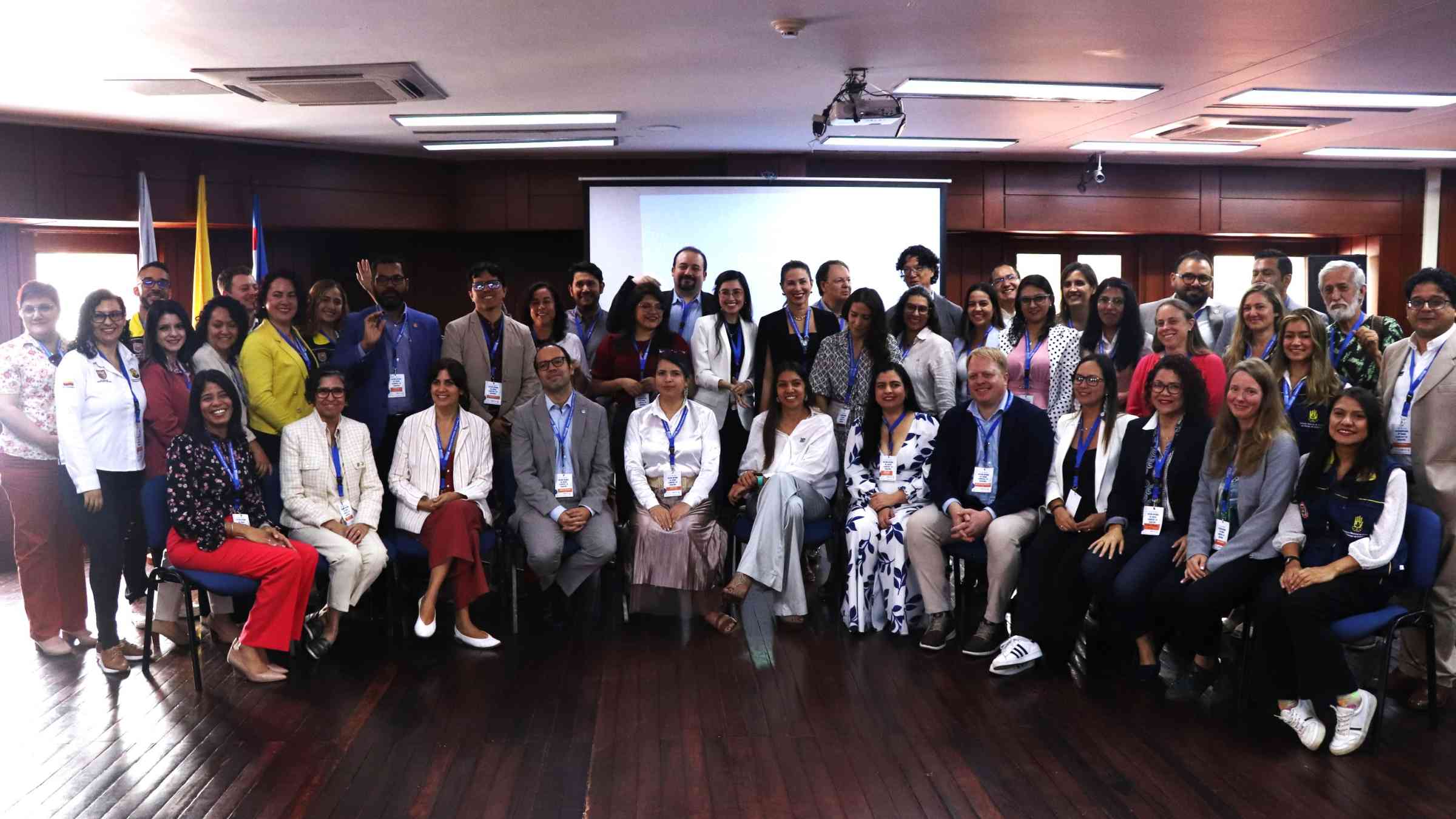Regional strategies for climate resilience in Latin America strengthened in Cali

The journey along the Cauca River reveals a tranquil scene. The water, dark brown from the soil it carries, flows slowly as children play in the houses above the river, watching birds soar. Paisa cockatoos, axe-bills, and candela caciques are just a few of the species that grace the landscape with their flight. The calmness of the surroundings is only interrupted by the noise of sand being extracted from the river, a reminder of human needs in the area.

This scene, however, also symbolizes a broader effort underway in the region that will soon gain global visibility when Cali hosts the United Nations Conference on Biodiversity (COP16) from 21 October to 1 November 2024. During this event, 196 countries will discuss biodiversity conservation, the sustainability of natural resources, and targets such as conserving 30% of terrestrial and marine areas and reducing plastic waste.
Moreover, COP16 will provide a crucial platform to showcase Valle del Cauca as a biodiversity hub, home to a vast array of ecosystems and species, as well as the collaborative conservation efforts implemented in the region. These efforts are part of the region's broader resilience strategies, which were the central focus during the recent Regional Workshop on Integrated Climate and Disaster Risk Management, held in Cali from 30 July to 1 August.
The workshop brought together more than 50 experts and representatives from across Latin America with a clear objective: to develop joint strategies to address the challenges of climate change and disasters through a regional approach and multi-sectoral planning. From the outset, the importance of regional cooperation and strategic planning was emphasized. Nahuel Arenas, chief of the UNDRR Regional Office for the Americas and the Caribbean, noted that while there is already coordinated work between institutions responsible for disaster risk reduction (DRR) and climate action (CCA), there is still room for improvement. "This will allow us to advance in implementing measures at the local level, as well as to quantify the financing needs," he stated.
The workshop, organized by the United Nations Office for Disaster Risk Reduction (UNDRR) and the Government of Colombia (Ministry of Environment and National Unit for Disaster Risk Management), in collaboration with the German Development Cooperation (GIZ), the United Nations Development Programme, and the Municipality of Santiago de Cali, identified opportunities for integrated efforts between risk and adaptation institutions. It was recognized that, although these institutions have different origins, they share common agendas and priorities.

Progress in implementing the Sendai Framework and the Paris Agreement was reviewed, and the need to effectively integrate DRR and CCA into national and local policies was discussed. A key moment was the certification of Cali as a MCR2030 Resilience Node, highlighting the city's leadership in urban resilience efforts in the region.
The crossing of the Cauca River on the last day of the workshop symbolically closed the loop, connecting local resilience efforts with the global vision to be projected at COP16. As participants examined the measures implemented to manage climate and disaster risks in the region, the importance of an integrated approach that combines disaster risk reduction and climate action was reinforced. This approach, aimed at ensuring the health and safety of communities, will be central to the discussions at COP16, where Cali will have the opportunity to demonstrate to the world how resilience can be built from the local to the global level, linking biodiversity and sustainability in a unified agenda for the future.